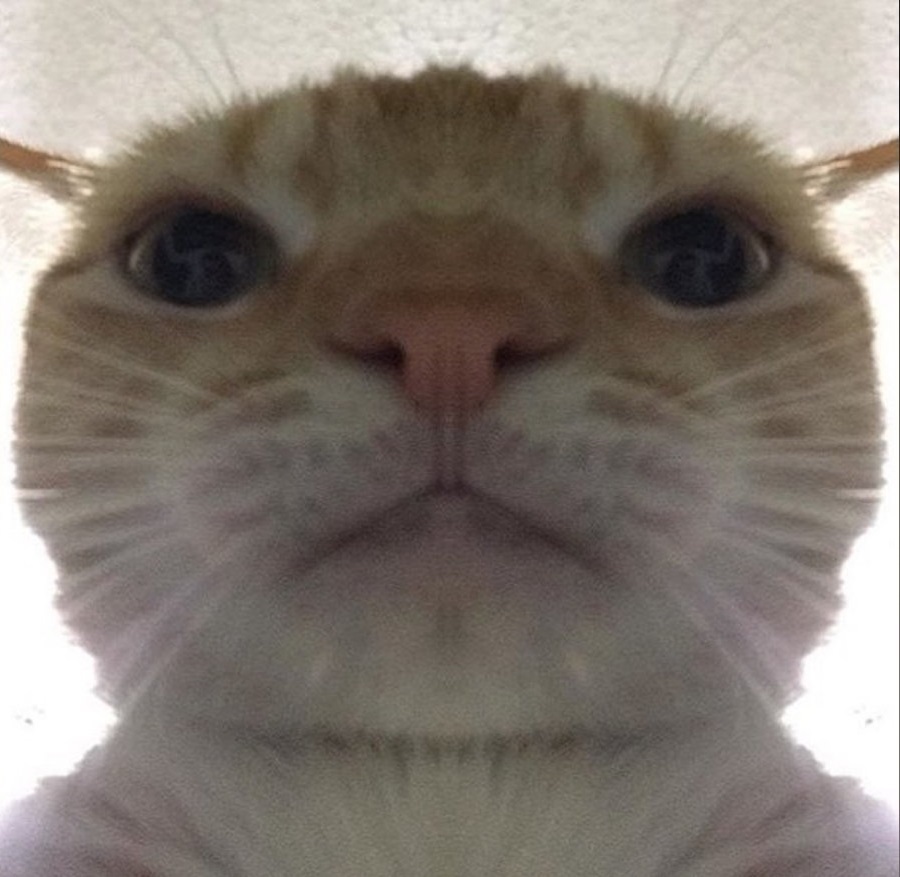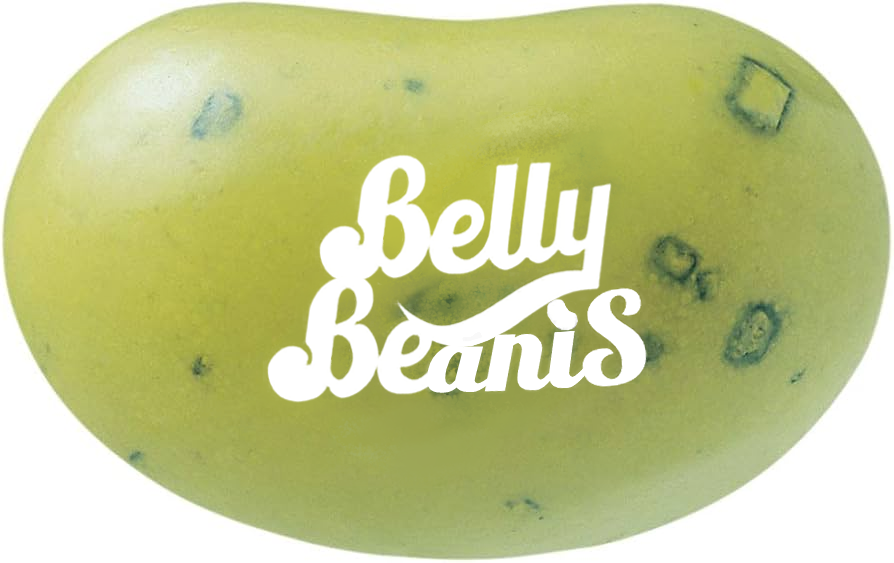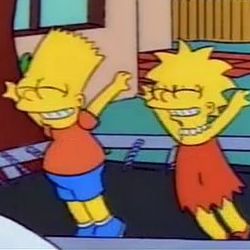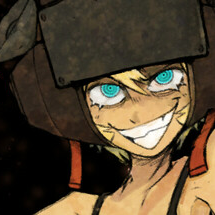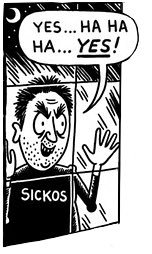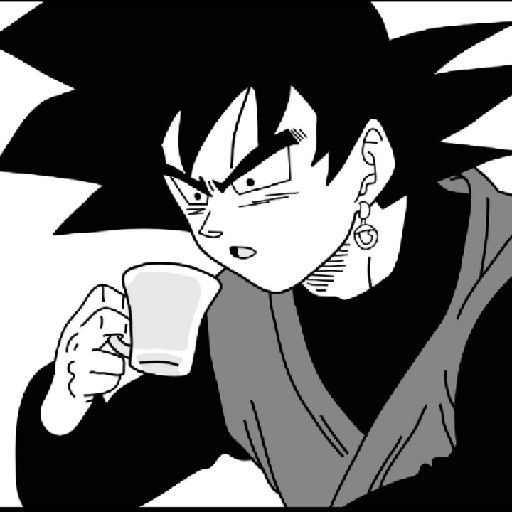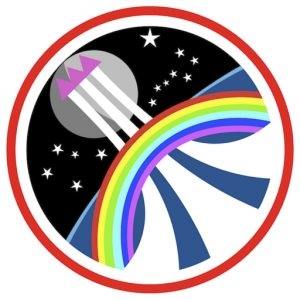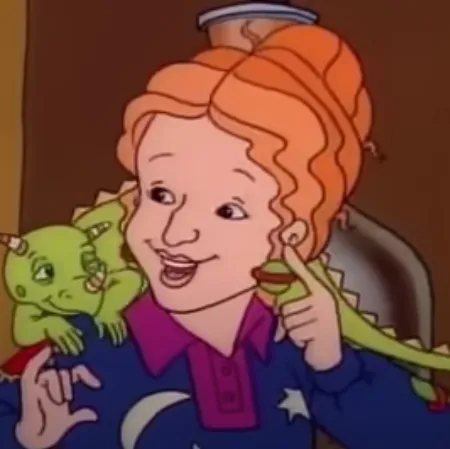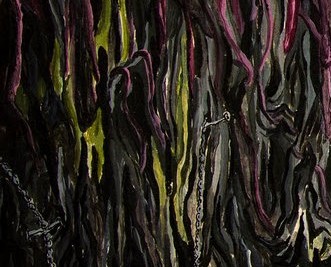I feel like the 2010s are the first decade in 100 years that doesn’t have a recognizable aesthetic or vibe.
Every decade since the Roaring Twenties had its own recognizable culture, visual aesthetic, music and so on. In the 2010s, the Internet allowed us to become cultural omnivores. It’s good that everybody had access to whatever niche subculture they enjoy but it also meant that there was no more monoculture that we all shared.
Take off the nostalgia goggles. Every decade has different aesthetics, you just don’t notice the changes while they’re happening. Nor do they perfectly line up to nice, round numbers. 1981 looked a lot like 1978, while 1986 very clearly had that 80s vibe the 80s were known for. The late 90s had a lot in common with the early 2000s to the point we were saying the same things back then. Then 2010s going on into the 2020s may not seem like they had a particular style, but they do and we won’t know it until it’s 2045.
I think a lot about the music of this era. The 2010s had a large amount of influence from dubstep, drone, and other club genres. Bass drops became more popular between 2012 and now. Billie Ellish, for example, is a pop artist that has more in common with Suuns than she does Katie Perry. Years from now, people will be able to pick out songs from 2017 based solely on their style the same way you can tell something was made in 2007 or 1977.
Yeah trap music is a good example shit was everywhere for a while.
Indie sleaze is another.
Mumblecore movies.
“Prestige TV” literally ongoing.
For US pop culture, it makes a lot more sense to demarcate based on presidential terms. So 1981-1985, 1993-1997, 2009-2013. I’ve noticed this with 1989-1992, which has a very particular vibe (watch the intro to Saved by the Bell or Do the Bartman to see what I mean) and which just so happened to be Bush Sr. term.
Then 2010s going on into the 2020s may not seem like they had a particular style, but they do and we won’t know it until it’s 2045.
I can already tell tbh, 2025 is a lot more gradient-heavy and a bit more saturated than 2019
I remember like 10 years ago people saying they struggled to think of aesthetics for the 2000’s, and now people are beginning to notice them and even it’s shifts. I’m very curious to see what people will be nostalgic for with the 2010’s aesthetic wise. I have memories of how people would dress in high school, but I wonder what will come back.
I’m not quite so sure whether this still completely applies to our current times. Nowadays the feedback loop between the cultural industries and its consumers is the shortest it has ever been. The industry knows what you consume, when you consume it and they A/B test so they can figure out what leads you to consume more and more. It is certainly no accident that the average length of a tiktok video is also the average length of a tv advertisement (around 30 seconds) and like where do you go from there?
(Pssssst…the same thing was happening decades ago lol)
Pop music had a well-established formula back in the 90s, for example. It wasn’t Beastie Boys, Nirvana, and NWA playing on radio stations. It was Backstreet Boys, N’Sync, 98 Degrees, Britney Spears, Christina Aguilera, Mandy Moore, Mariah Carey, and dozens of other copycat Mickey Mouse Club kids. Then there were the Will Smith movie tie-ins and other soundtracks topping the charts.
Corporations had this shit down to a formula a long time ago. There’s ad placements in movies for as long as there have been movies (Marty McFly just so happens to say “Wow nice truck” as one drives by in the background in a film about a DeLorean? Totally not a paid ad by Ford).
The only thing that’s changed is the internet. They don’t use Tupperware parties anymore, they use food review channels on TikTok. The same half dozen companies that owned 98% of all media in 1995 still own 98% of all media in 2025.
fucking obviously this has been a process that has happened since decades. What I am saying is that the internet has given the industry such deep and granular analytical view of the consumer that there just isn’t any further room for change in that system.
The cool thing is that if you believe in Marxism there never was room for change in that system because the base (what we can possibly make and who decides what to make) determines the superstructure (culture).
You’re simply complaining about the change in strategy of selling cultural commodities, something that you never had a say in.
When I wrote “change” I obviously didn’t mean the fucking revolution, I meant that there’s no more space for mass culture to go. And sure if I lived in 1915 I’d think that would obviously be good because that’d mean capitalism was at its end but I sadly have to live in 2025 where we’ll destroy our planet before that happens
The reactionary nature of nostalgia aside…
Making electronics with transparent parts is good because it is a reversal of this phenomenon where the mechanical nature of devices is obfuscated from the consumer. A modern smartphone is designed as though it was ashamed to be a machine, a black box with a screen on one side and a camera on the other. While these do not explain themselves to the user they are open as to what they are, a collection of circutboards and switches and wires arranged in a way that serves a purpose. They are something created with intention, rather than having been produced out of nothing.
That being said, transparent plastics tend to be less durable than their opaque counterparts, which definitely contributed to the end of the trend.
I feel like ever since the early 2010s, the general cultural aesthetic has shifted to be whatever is the least “offensive” to the largest group of people, while also being incredibly bland to be as cheap to produce as possible. I do really miss more vibrant and varied aesthetic in popular culture.
Ugh, fascists are going to look at 2013 to now with warm nostalgia in 2050.
“Ah, millennial gray and modern farmhouse! Those were truly beautiful aesthetics!”
This is incredibly funny and pathetic lmao
Horrifying concept. If I live that long I’m going to be yelling at kids from my porch about that.
Farm House Modern with a Roman Statue core.
Fascists are going to make retvrn edits waxing nostalgia for skibidi toilet at odds with their modern day media with a straight face.
It’s all lowest common denominator shit. No risk taking or actual artistic expression, it’s all “how can I sell this to the most people possible?”.
I remember around the mid 2010s is when the app logos started to become less distinct. Also at least with iPhone (never used Android), the style became more flat.
2010s was where the trend moved away from skeuomorphism and towards flat minimalist design. The timeline makes even more sense if you demarcate by US presidential terms, so 2013-2020 instead of 2010-2020. Once upon a time, it was considered good design to make whatever button your program had to actually look like a physical button that it was supposed to represent. Just compare Windows XP/Vista/7 and Windows 8. Logos also underwent this shift. Just look at how they massacred my boy.. 2010s was when “uh aktually, an entirely empty white room is the peak of aesthetics” became a thing. Marie “does this spark joy” Kondo released her book in 2011 after all. In the early 2010s, we still had flip phones and Blackberries that all had physical buttons, but those were pushed aside for “minimalist” smartphone which had few buttons. Before the 2010s, sleek minimalist design was purely an Apple thing, but throughout the 2010s, the Applefication of design spread until everything had to be flat and minimalist by the 2020s. Corporate Memphis is just the end result of this flat minimalist design and around the time when the public began to turn against it.
Man, Nintendo was doing some heavy lifting on the vibes front this era
I believe you mean that sick dreamcast with the keyboard combo for playing phantasy star online?
You broke your E key chatting in phantasy star online.
I wore out all the key switches playing Typing of the Dead.

I think the need to have a shared monoculture is a deeply reactionary way of thinking that prevents us from developing human empathy. You don’t need to say “Bazinga” at the same time as another person in order for you to relate to, care for, and understand strangers. I think the yearning for monoculture in people 25-40 is a mirror of boomers who complain that they cannot relate to kids anymore because nobody really believes in the pledge of alligence or some such other “things r different” nonsense. Yeah I haven’t played Hoop and Stick 3, we don’t need to play the same video games to relate to each other.
It’s a crutch for a brutal culture where you are too scared to show a modicum of openness or vulnerability with other humans because deep down you need to be reassured that they won’t scam/harm you simply because they believe in the magic words of Burgerstan. People are uncomfortable with change and things they don’t know because we’ve built a society where change often begets material vulnerability in people, and information and even cultural media have become a weapon to be used against others.
Monoculture was never good, it simply was. Also despite this being a real aesthetic trend, you should also remember that the vast majority of consumer technology produced at the same time was not clear plastic tech. If anything the monoculture of tech products of that era was that gross beige that yellows in about a year or two. It’s just not aesthetic enough to remember, and in 10 years everything just defaulted black. I’ve actually never seen a clear plastic Dreamcast/ Dreamcast controller IRL. I’ve been a tech guy forever and despite knowing about it, I only know of 1 person that had actually experienced the Dreamcast internet. This is very much nostalgia bait vs actual how things were.
To put it into perspective for one of those phones with clear plastic, there were 10,000 of these

've been a tech guy forever and despite knowing about it, I only know of 1 person that had actually experienced the Dreamcast internet. This is very much nostalgia bait vs actual how things were.
Since you’re in tech, you should know how for the 2010s, we went from skeuomorphism to flat design ie Windows 7 vs Windows 8. OP is really off base.
Haha yeah. I remember the first one where it went from flat to skeuomorphic, that was OS/2 and System 6 to Windows 3 and System 7.
I just got a little fixated on the Dreamcast being representative of monoculture.
LMAO Hoop and Stick 3

Sure monoculture wasn’t great, but I’m certainly not sure that our current arguably more “decentralized” culture is actually a real improvement. It’s good when there is some common ground to fight over.
Yeah I love having to watch shows that basically called me the fslur otherwise I would have no friends.
This is such a nostalgia level argument. Monoculture was supremely fucked up in the hierarchies that it allowed people to form in schools and workplaces. If you think racism and homophobia and transphobia is bad now, you aren’t ready for how they actually were in monoculture times. Not only that monoculture was in reality often anti-poor/assimilationist because monoculture is literally consumerism. So if you were poor (or an immigrant) and your parents couldn’t afford (or understand the culture and why you needed these things) the cool new JNCO jeans or to take you to see a Starwar then you were fucked socially twice over once for being poor (or “weird”) and once for not watching the latest thing.
Videogames weren’t monoculture until like Xbox 360. You were considered a massive dork for being a gamer most of my childhood.
Also god forbid you had a different taste than other people and had opinions. When the first Iron Man came out and half way through the movie in theater I felt like I was at the Nuremberg rally. Y’all don’t remember everyone pretending bad movies were good. The argument that there was “common ground to fight over” isn’t real. Monoculture meant that the battles were settled before they started, everyone looked at you like a redditor when you started doing anything close to AKSHUALLY LUKE SKYWALKER AND THE REBELS ARE VIETKONG. All these nostalgia media analysis things feel cute and trite now but socially they weren’t really welcome, they only became exposed to normie circles because the monoculture was dissolving.
The 2010s do have a distinct vibe, it’s just that ever since the recession everything has been generally gloomier and instead of 80s neon graphics and palm tree decor / 90s mtv chic / 00s semi-self-aware sleaze we’re stuck with variations on 2010s batemanesque minimalism
(also it sucks that the 80s were when aids, crack, and the neoliberal transition were most devastating bc it easily had the coolest sensory vibes out of any modern decade)
I really miss the diversity in phones shapes and sizes.
Forget RETVRN….We should ASCEND.
I didn’t have hope for the future back then. Weirdly I have more hope nowadays. Was at that age back then and am that different age now I suppose
Bring back clear plastic tech
Edit: but make it repairable so it doesn’t end up as ewaste immediately
My partner modded her steam deck with a gameboy style translucent purple shell and it’s sick. Also used to love those 90’s clear phone shells with all the colorful bits inside

I have a trailing sense of nostalgia as I age. When I was in my teens, the 90s felt like a distinct time period but the 00s didn’t. In the late 00s and early 10s I had a hard 90s nostalgia phase. As I get older I have that same feeling for the later decades. 00s had a vibe. 10s definitely had a vibe. I am beginning to even think wistfully about the late 10s. 2018 had a vibe for sure.
Also a lot of the ways we define aesthetics of a decade is by consumer products, especially once you get into the 80s, 90s, and beyond. It’s also how we define nostalgia. You don’t just remember being a kid, you remember the old brands and the things those brands sold. That’s kind of a weird way to define the march of history and culture.
Hoping for a comeback.
The switch 2 is a disappointment skin wise.
Eh, the 2000s felt weird and empty to me at the time. Especially the mid and tail half.
